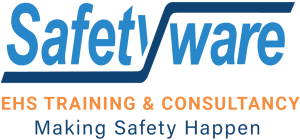Blog
Posted By: Yee Swat | Apr 27, 2023
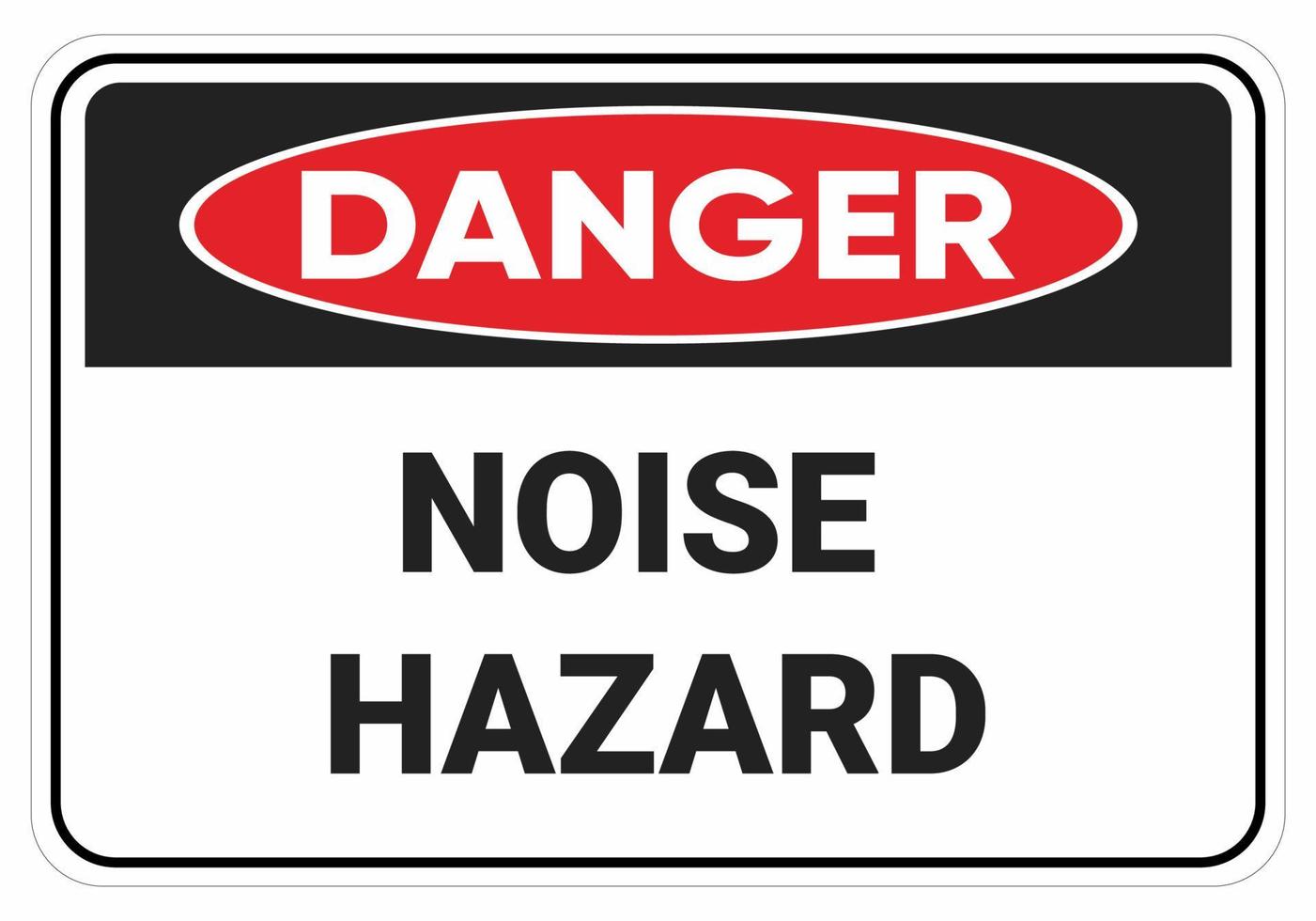
INTRODUCTION TO PHYSICAL HAZARD
PHYSICAL HAZARD
Physical hazards are environmental factors that can harm the body without necessarily touching it. According to Occupational Safety and Health Administration, some physical hazard examples are Radiation, High exposure to sunlight or ultraviolet rays, temperature extremes, constant loud noise, and so on.
One of the most frequent physical hazards in a work environment is noise. Hearing protection may be necessary depending on the frequency, loudness (volume), and duration of the exposure. Hearing loss may be temporary or permanent as a result of inadequate hearing protection or prolonged loud exposure. The most likely causes of hazardous noise in the workplace are machinery and equipment.
NOISE EXPOSURE
For many employees, workplace noise is an unavoidable part of the job. Whether it's the constant hum of machinery, or the blaring of alarms, exposure to high levels of noise can be a significant physical hazard in many work environments.
HEALTH EFFECTS
According to Occupational Safety and Health Administration (OSHA) United States Department of Labor, exposure to high levels of noise can cause permanent hearing loss. Neither surgery nor a hearing aid can help correct this type of hearing loss. Short-term exposure to loud noise can also cause a temporary change in hearing (your ears may feel stuffed up) or a ringing in your ears (tinnitus). These short-term problems may go away within a few minutes or hours after leaving the noise. However, repeated exposure to loud noise can lead to permanent tinnitus and/or hearing loss.
Loud noise can also:
1. Reduce productivity
2. Interfere with communication and concentration
3. Contribute to workplace accidents and injuries by making it difficult to hear warning signals.
UNDERSTANDING EXCESSIVE NOISE
According to the Industry Code of Practice Management of Occupational Noise Exposure and Hearing Conservation 2019 from the Department of Occupational Safety and Health (DOSH), excessive noise means daily noise exposure level exceeding 82 dB(A) or daily personal noise dose exceeding fifty percent or maximum sound pressure level exceeding 115 dB(A) at any time or peak sound pressure level exceeding 140 dB(C).
PERSONAL HEARING PROTECTORS
Personal hearing protectors are devices worn on or in the ear to reduce the amount of noise that reaches the inner ear. They come in various forms, including earplugs and earmuffs, and are designed to fit securely and comfortably to provide maximum protection.
Using Personal Hearing Protectors
When using personal hearing protectors, it's important to choose the right device for the job and to use it correctly to get the most benefit. Here are a few best practices for using personal hearing protectors in the workplace:
1. Choose the right device: Consider the noise level and type of noise in the workplace when choosing a hearing protection device. Earmuffs are generally more effective for high-frequency noise, while earplugs are better for low-frequency noise.
2. Ensure a proper fit: Personal hearing protectors must fit securely to provide maximum protection. Follow the manufacturer's instructions to ensure proper fit.
3. Maintain and replace: Hearing protection devices should be maintained and replaced as needed to ensure maximum effectiveness.
4. Educate employees: Provide training and education to employees on the proper use of personal hearing protectors, including how to choose the right device and how to use it effectively.
Workplace noise is a significant physical hazard that can cause hearing loss and other health problems for employees. Personal hearing protectors offer a potential solution for mitigating these hazards and protecting workers' hearing. By choosing the right device, ensuring proper fit, maintaining and replacing as needed, and educating employees on their proper use, employers can help ensure their workers stay safe and healthy while on the job. Safetyware EHS Consultancy Sdn. Bhd. provides Noise Risk Assessment, Mobile Audiometric, Noise Hazard & Hearing Conservation Training, and personal hearing protectors. To know more, please feel free to contact us through:
📲: 012-498 7882
IN THE UPCOMING BLOG, WE WILL LOOK INTO PSYCHOLOGICAL HAZARDS IN THE WORKPLACE.
Recent Articles

Posted By: Nur Afifa Binti Sazali
Jan 10, 2024
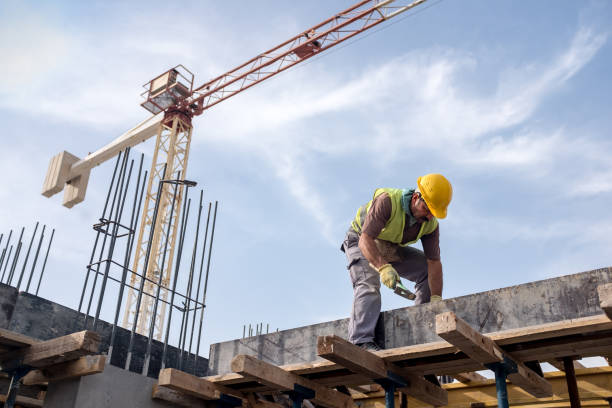
Posted By: Nur Afifa Binti Sazali
Jan 02, 2024
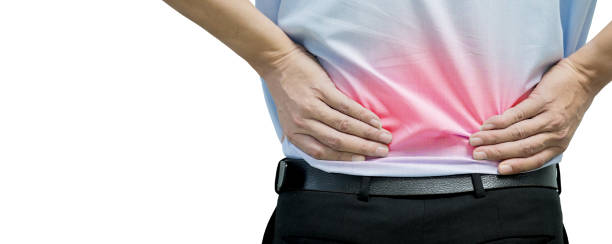
Posted By: Nur Afifa Binti Sazali
Dec 08, 2023
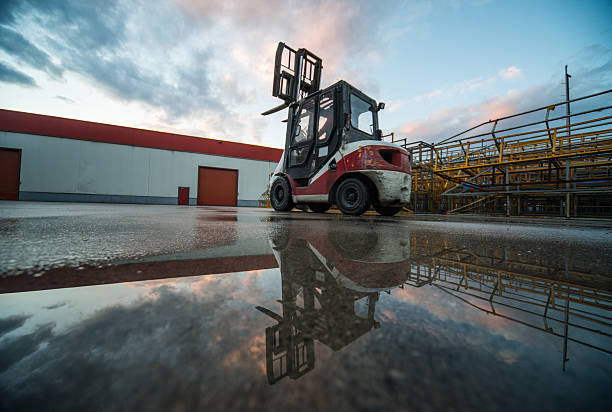
Posted By: Nur Afifa Binti Sazali
Dec 07, 2023

Posted By: Nur Afifa Binti Sazali
Dec 01, 2023
Plot 237,
Lengkok Perindustrian Bukit Minyak 3,
Bukit Minyak Industrial Estate,
14100 Simpang Ampat, Penang, Malaysia.
Enquiries :
[email protected]
Call Us :
Tel : +604-5023 882 (8 lines)
Toll Free : 1300-22-3882
